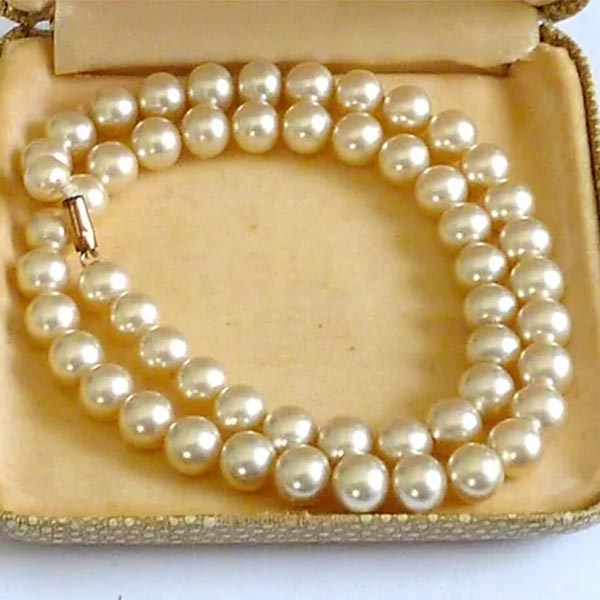Akoya Pearls
Akoya pearls are a saltwater cultured pearl. They are generally very round and spherical in shape and are complemented by a very high luster. They are produced by a small oyster called the Pinctada Fucata.
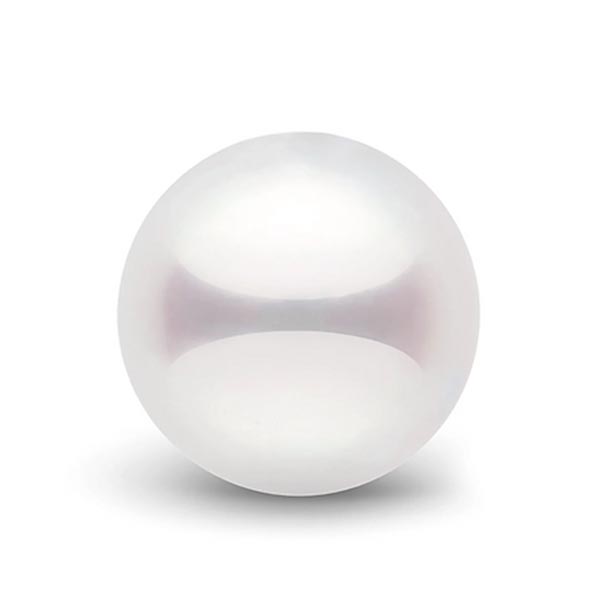
Black Pearls
Black pearls are grown in the Pinctada margaritifera oyster (black lipped oyster) and are more commonly known as Tahitian pearls. Mainly grown in Tahiti and the Cook Islands. Colours range from light, creamy white and grey, to regal greens, iridescent peacock and deep black.
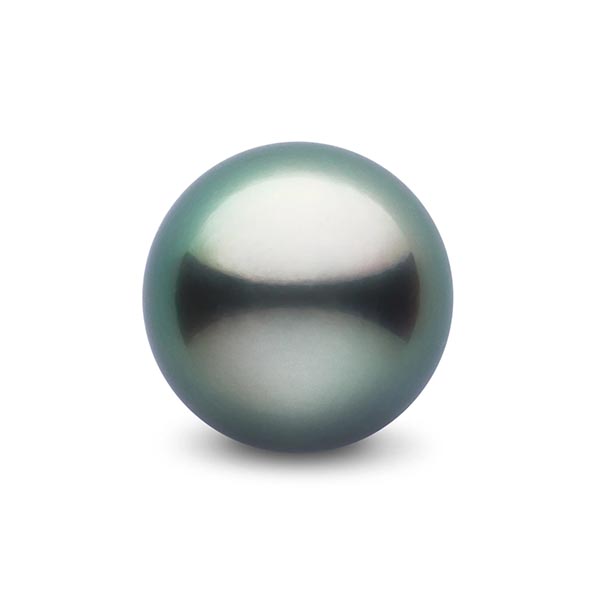
South Sea Pearls
South sea pearls are the largest type of cultured pearl and are grown in the Pinctada maxima oyster, mainly in North West Australia. Pearls are generally white and are 10mm and larger. Silvery pearls grow in Silver lipped oysters and golden pearls in gold lipped oysters.
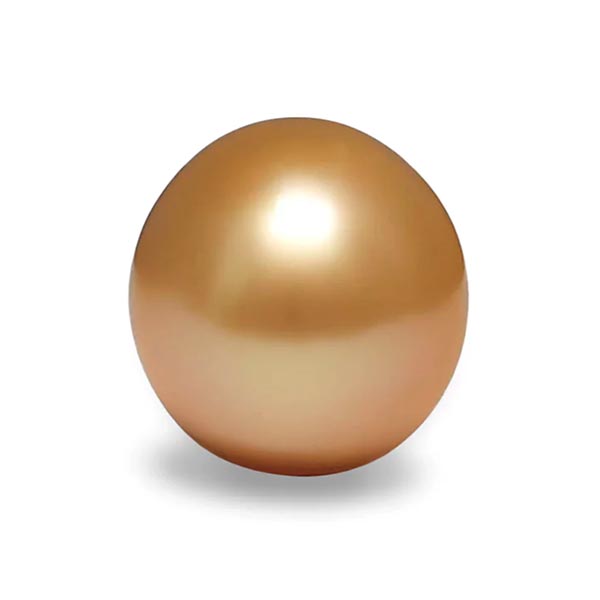
Freshwater Pearls
Grown in the Iketcho mussel in freshwater lakes, originally in Japan and now a large percentage are grown in China along with other Asian countries. A large number of pearls are grown in each mussel at one time. The old style pearls were rice shaped but now they are grown in potato, button, rounds and in more recent times unusual shapes.
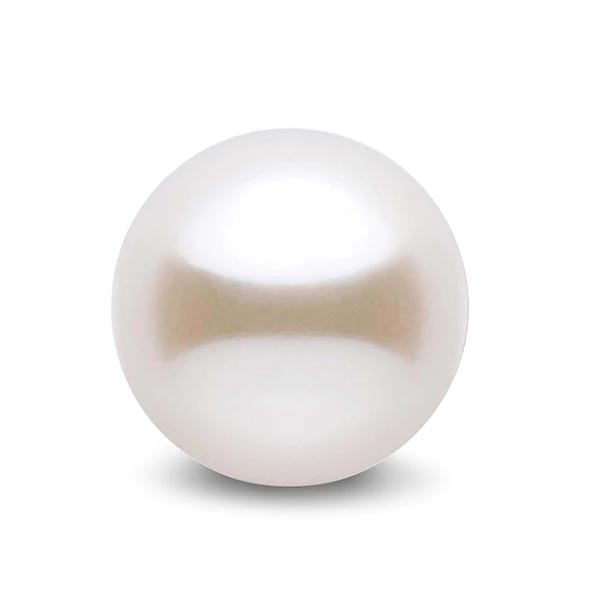
Paua Pearls (Blue Pearls)
Blue pearls are grown in Haliotis Iris (paua), the abalone, which is a single shell mollusc. Blue pearls are formed by inserting a seed beneath the mantle tissue. Currently only mabé (blister) pearls can be grown as paua eject spherical beads inserted into their living space. It is a very delicate operation as paua are haemophiliacs. Blue pearls are grown only in New Zealand.
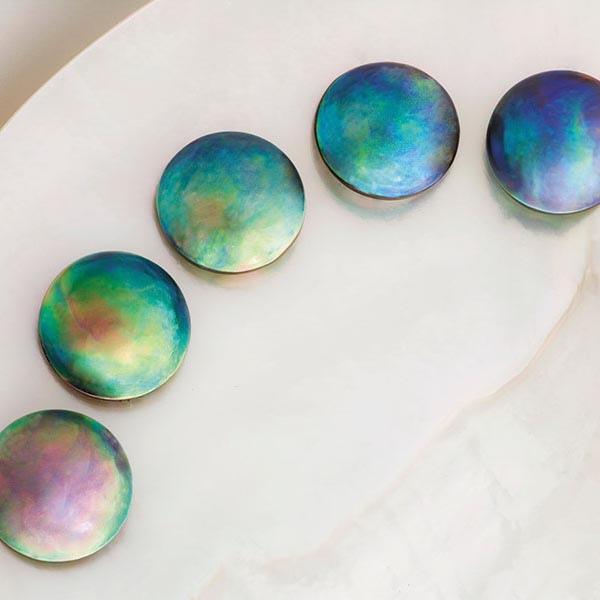
Simulated Pearls
A simulated pearls is essentially a bead made to look like a real pearl. They are commonly made of glass or plastic and coated in a number of different materials to resemble pearl nacre. Shell Pearls are made from the inner lining of oyster shells, also known as Mother of Pearl. The substance is ground to a fine powder, shaped, dyed and coated with natural pearl nacre and then a protective coating to give it lustre.
